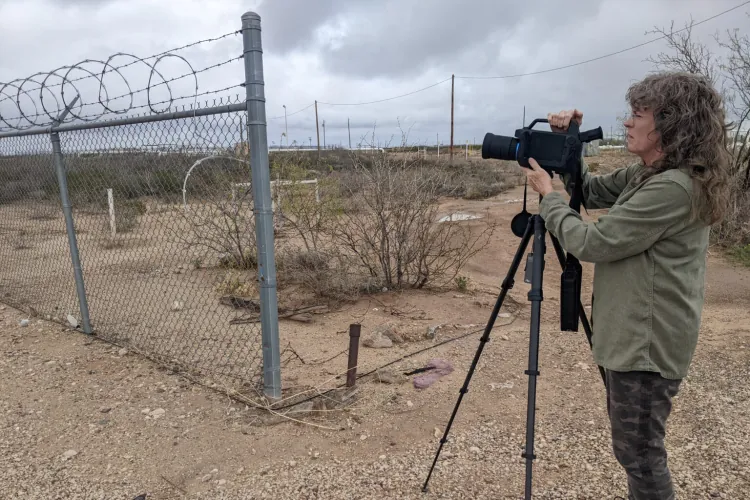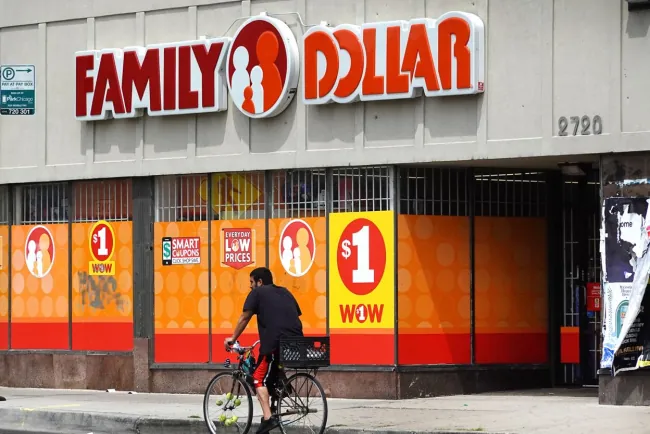Understanding Permian Basin's Flaring Issue Amid Falling Gas Prices
falling gas prices on flaring in the Permian Basin and its environmental implications

Introduction
In the vast stretches of West Texas and southeastern New Mexico lies the Permian Basin, a powerhouse of energy production. Amid fluctuating natural gas prices, this region faces a paradoxical challenge. As natural gas prices dip, often below zero, the practice of flaring becomes increasingly common, casting a shadow over efforts to combat climate change. This phenomenon has drawn attention, especially with the impending federal methane rule aimed at curtailing such emissions.
The Permian Basin's Flaring Dilemma
- Economic Pressures and Environmental Concerns: The Permian Basin, notorious for its significant methane emissions, confronts an environmental and economic quandary. Flaring, the burning of excess natural gas, becomes a preferred option for many companies when gas prices plummet. This practice not only wastes a valuable energy resource but also exacerbates environmental pollution.
- Impact of Low Gas Prices: The economic rationale behind flaring intensifies as natural gas prices fall. Companies opt to burn off excess gas due to limited pipeline capacity and the cost implications of transporting gas from the basin.
- Regulatory and Legal Landscape: Despite regulations like Texas State Rule 32, which aims to limit flaring, the reality on the ground reflects a different picture. Exemptions abound, and legal challenges against stricter methane regulations threaten to delay meaningful action.
- The Role of Technology and Monitoring: Organizations like Oilfield Witness employ advanced technology to monitor and document methane emissions, highlighting the scale of the issue and advocating for transparency and accountability.
Navigating the Future
- Pipeline Capacity and Production Dynamics: The balance between natural gas production and the capacity to transport it plays a critical role in addressing flaring. With projections indicating potential capacity constraints, the industry stands at a crossroads.
- Renewables and Market Shifts: The increasing contribution of renewables and changing market demands, especially in Europe, add layers of complexity to the natural gas landscape in the Permian Basin.
- Regulatory Measures and Industry Response: As federal regulations aim to curb methane emissions, the industry's response and adaptation strategies will be crucial. The transition towards minimizing flaring and venting practices presents both challenges and opportunities for sustainability and environmental stewardship.
FAQs
-
What causes flaring in the Permian Basin? Flaring occurs due to economic, operational, and regulatory factors, including low natural gas prices and limited pipeline capacity.
-
Why is flaring environmentally harmful? Flaring releases methane, a potent greenhouse gas, and other pollutants, contributing to climate change and air quality issues.
-
What are the prospects for reducing flaring? Enhancing pipeline infrastructure, adopting stricter regulations, and leveraging renewable energy sources are key to mitigating flaring.
Conclusion The Permian Basin's flaring issue underscores the intricate balance between energy production, environmental protection, and economic viability. As the industry navigates through fluctuating market dynamics and regulatory landscapes, the path towards reducing flaring and its environmental impact remains a pivotal concern. Continued monitoring, technological advancements, and collaborative efforts between regulators, industry stakeholders, and environmental organizations will be essential in shaping a more sustainable and responsible energy future.
For more insights into energy and environmental issues, visit our magazine at Kiksee Magazine.
What's Your Reaction?






















